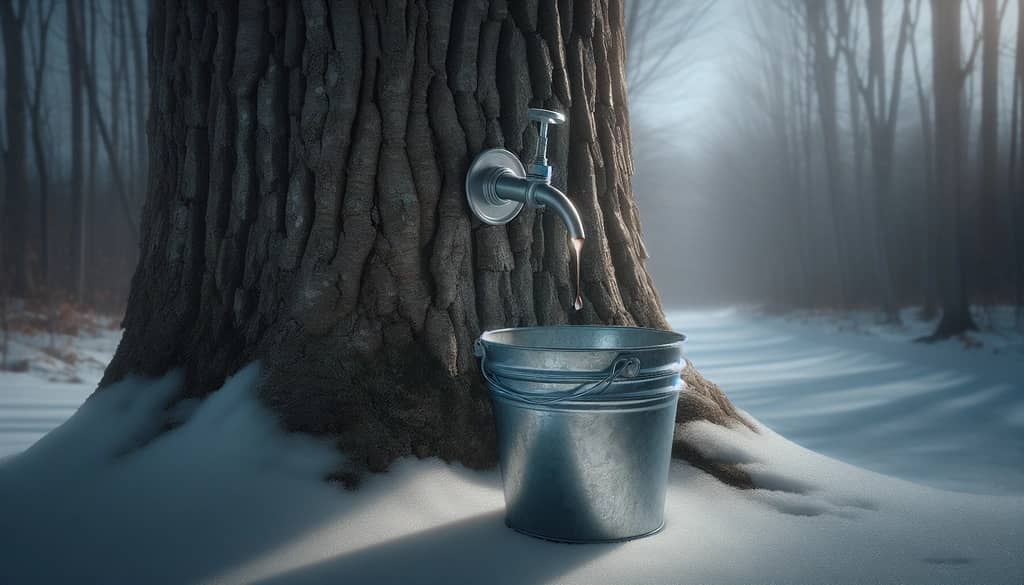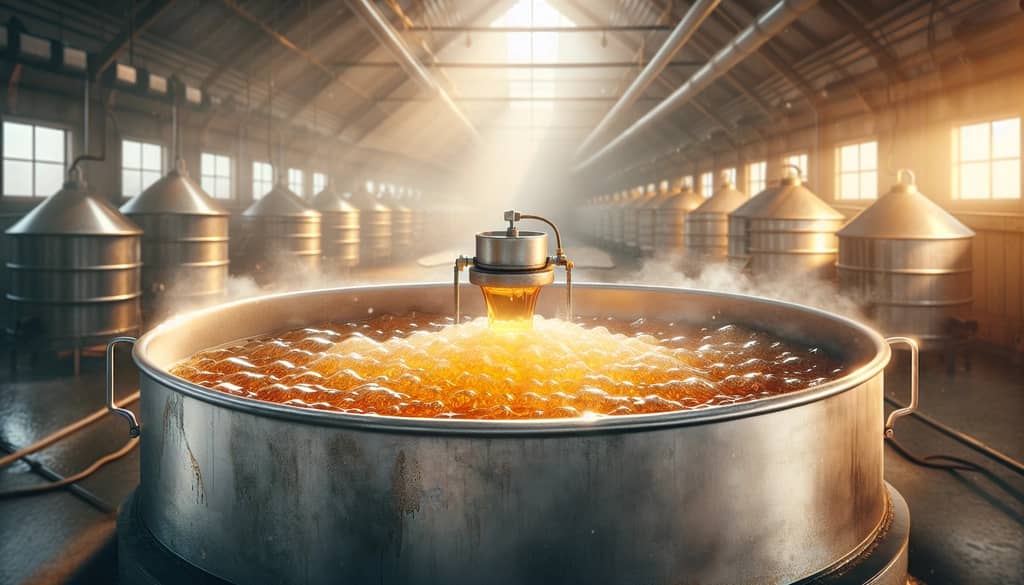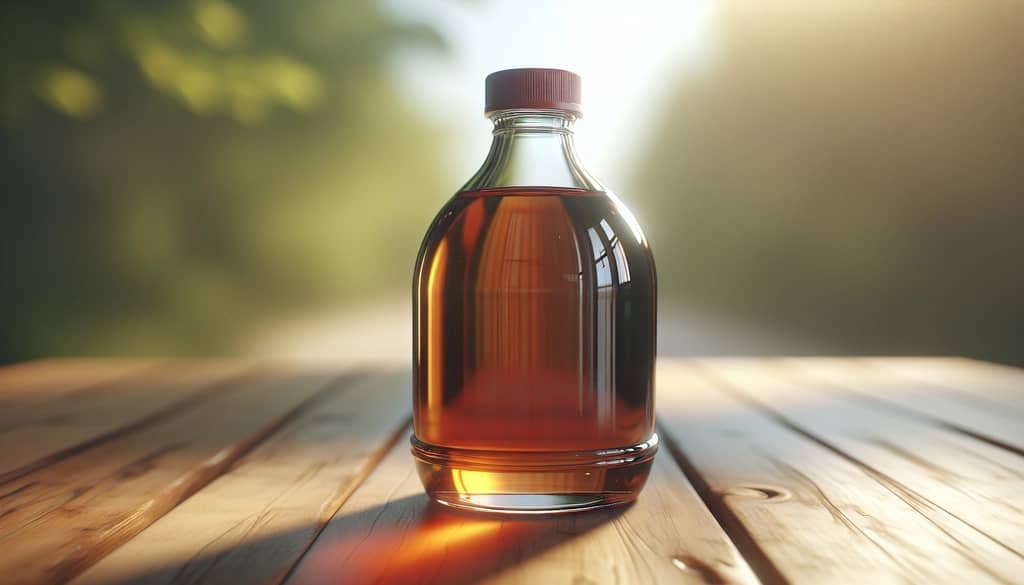Updated on: 6/3/2025
How Is Maple Syrup Made?

Maple syrup stands apart from other sweeteners, rich not just in flavor but in craft. Behind its golden clarity lies a meticulous process that transforms clear sap from maple trees into the dense, aromatic syrup found on so many breakfast tables. Understanding how maple syrup is made adds a layer of appreciation to every pour.
Harvesting Sap From Maple Trees
The journey starts in late winter or early spring, when freezing nights and thawing days create conditions for sap flow in sugar maples. The sugar maple (Acer saccharum) is typically preferred due to its high sugar content. Tapping these trees to collect sap requires precision and respect for the tree's health.
- Tiny holes (about 1.5–2 cm deep) are drilled into mature sugar maples.
- A spout (called a spile) is gently inserted into each tap hole.
- Sap drips out of the tree, collected in buckets or through tubing systems.
Boiling and Concentrating the Sap
Maple sap is mostly water with about 2–3% natural sugar. It takes patience and careful handling to concentrate it into maple syrup, which is around 66% sugar. The key step is evaporation.
- Collected sap is filtered to remove bark or debris.
- Sap is boiled in shallow pans (evaporators) over wood or gas heat.
- As water boils off, the mixture thickens and takes on a golden color and caramel aroma.
- Typically, about 40 liters of sap yield 1 liter of pure maple syrup.

Finishing, Filtering, and Bottling Maple Syrup
Precision is crucial for the final step. Finished maple syrup must reach the perfect concentration—not too thin, not crystallized. After boiling, it’s filtered again to remove 'sugar sand,' fine mineral particles that can cloud the syrup. The result: a clear, vibrant, and flavorful syrup ready for bottling.
- Syrup is heated to approximately 104°C (219°F)—slightly above water’s boiling point.
- The hot syrup is filtered while still liquid and immediately bottled.
- Bottling hot prevents contamination and preserves freshness.

From Tree to Table: The Essence of Maple
Every bottle of maple syrup represents not just a season’s harvest but the delicate balance of weather, timing, and human skill. True maple syrup brings a pure, layered sweetness, with complex notes that reflect the maple forest itself. Whether used on pancakes or in craft cocktails, its flavor is the result of tradition and the transformation of sap to syrup.